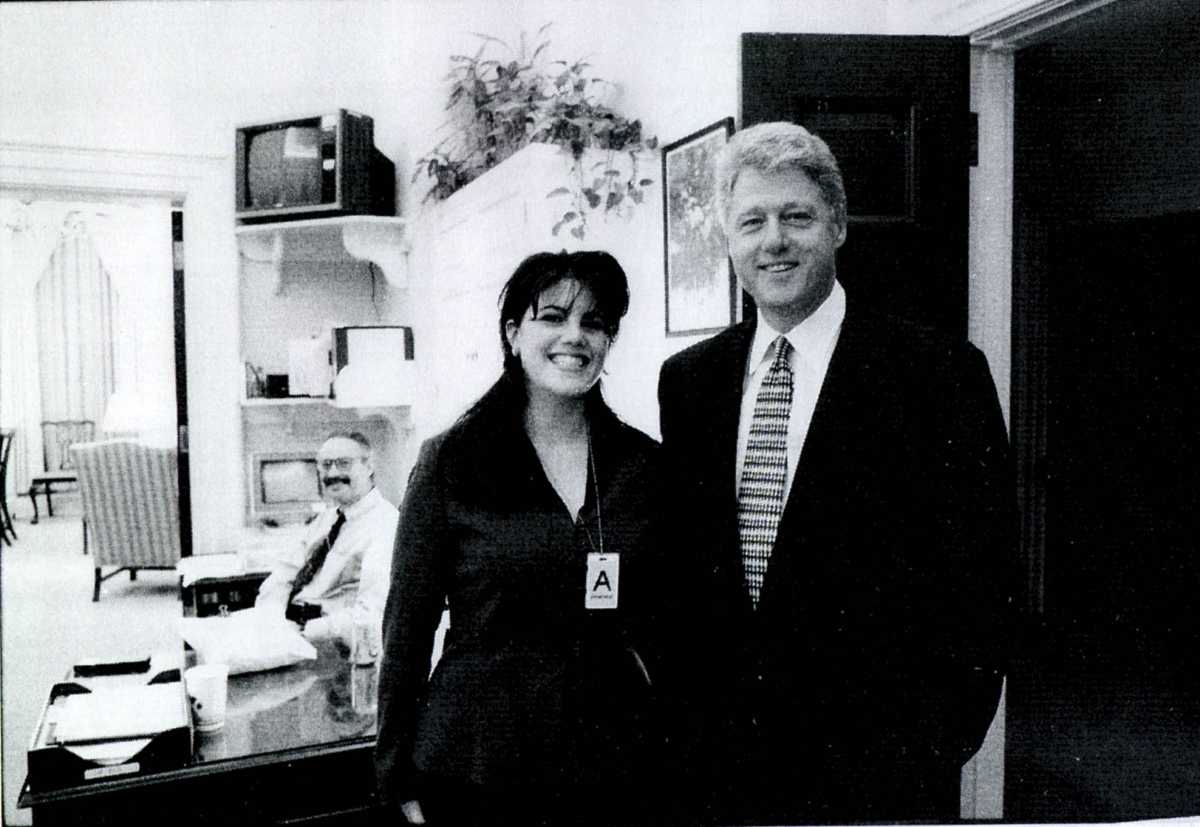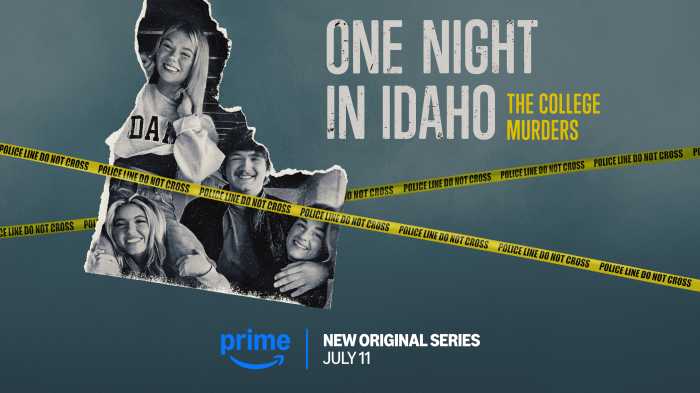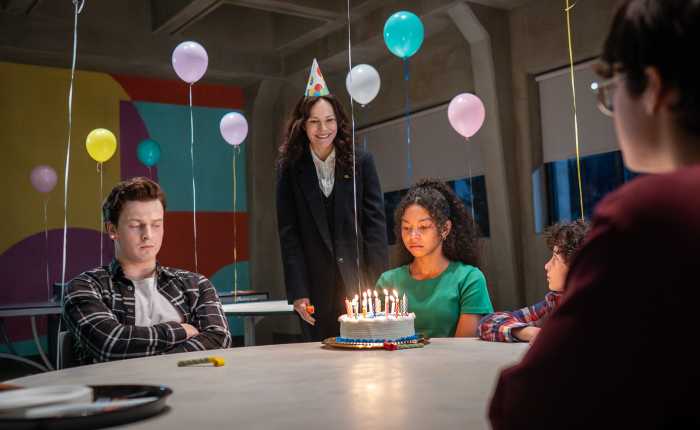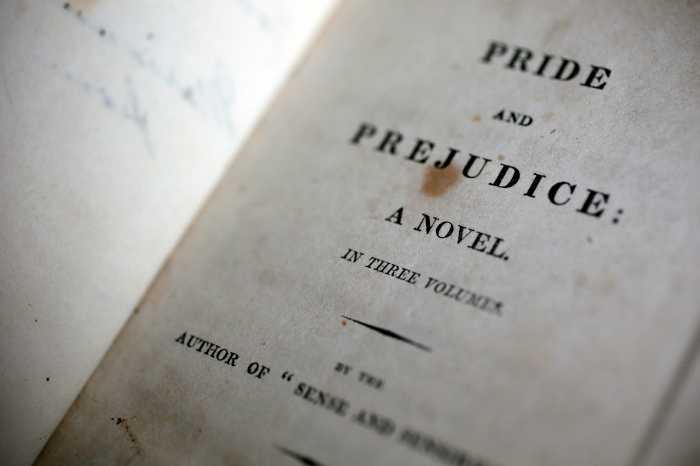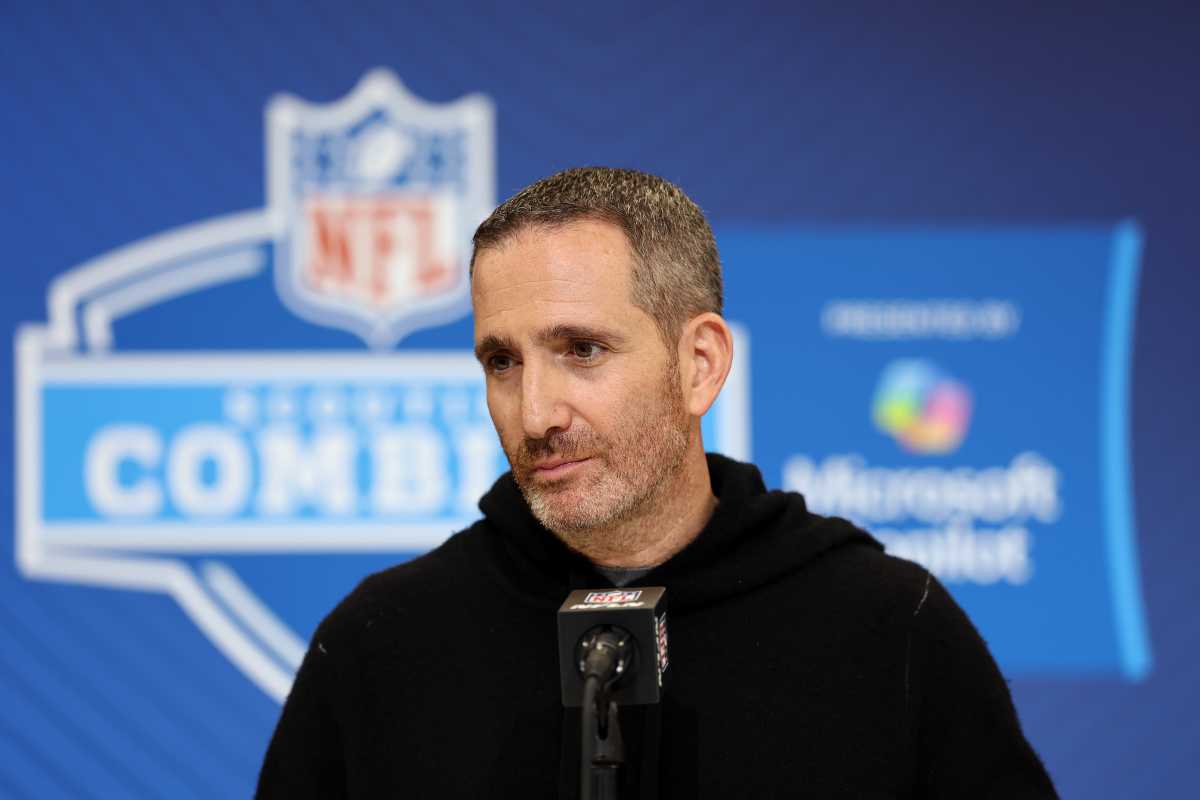By Luz Lancheros, MWN
Monica Lewinsky wasn’t the first woman in history to have an affair with her boss. But as in all stories where it ends badly, the one in power remains untouchable and she – like Hester Prynne, the ill-fated protagonist of Nathaniel Hawthorne’s “The Scarlet Letter” – didn’t have to wear a letter sewn into her clothes, but suffered the same opprobrium. In the sexist 1990s, she bore the brunt of all the teasing, stigma, harassment and threats for having a “consensual” relationship with a married man.
Lewinsky, who was a White House intern at that time, was 24 years old in 1998 and had no public support while her name was in the hands of the media, she was threatened with prison and consultant Kenneth Starr used everything he had to coerce her in his famous “Starr Report,” frighten her and destroy her life if she did not show proof of their relationship.
And all for believing that Bill Clinton, her boss and the most powerful man in the world, “loved” her because she gave him oral sex in the Oval Office.
So, after she confided the details to her friend Linda Tripp, who recorded their conversations and Paula Jones accused Clinton of sexual harassment, everything was turned over to Kenneth Starr, the independent counsel who blew it all up. Lewinsky claimed at the time that she had sexual encounters with Clinton, who denied everything. This led to him being charged with perjury and an impeachment trial from which he was exonerated.
What about Monica? She was diagnosed with post-traumatic stress disorder. And, above all, because she was never able to defend herself.
“Every adult with a modem could instantaneously peruse a copy and learn about my private conversations, my personal musings (lifted from my home computer), and, worse yet, my sex life,” she wrote for Vanity Fair 20 years after “Monicagate.”
But Lewinsky survived.
She became an activist against online harassment. And then came #MeToo with major figures reevaluating her story, stating that Clinton had abused his power. Lewinsky started to tell her side of the story— how she had to keep quiet, how no one listened to her, and how she was the first major victim of media harassment before social media existed. But in a long game, there’s payback…
“No one should tell this story but you.”
That’s what producer and creator of several pop culture stories, Ryan Murphy, told Lewinsky when asking her to become the producer of the new series. Murphy based it on the book “A Vast Conspiracy: The Real Story of the Sex Scandal That Nearly Brought Down a President” by Jeffrey Toobin and got the rights in 2017, but he didn’t want to do anything without her approval:
“I told her, ‘Nobody should tell your story but you, and it’s kind of gross if they do.’ If you want to produce it with me, I would love that,'” he said at the time.
Lewinsky is grateful that she was finally able to find her own voice.
“I’m so grateful for the growth we’ve made as a society that allows people like me who have been historically silenced to finally reintroduce my voice to the conversation. This isn’t just a me problem. Powerful people, often men, take advantage of those subordinate to them in myriad ways all the time. Many people will see this as such a story and for that reason, this narrative is one that is, regretfully, evergreen,” she told Vanity Fair.
‘Impeachment: American Crime Story’ premieres on Sept. 7 on FX.



